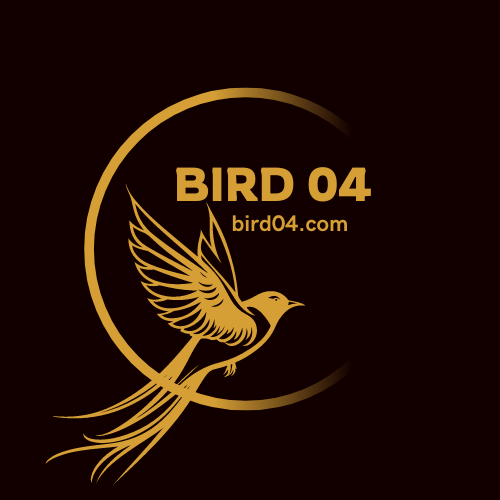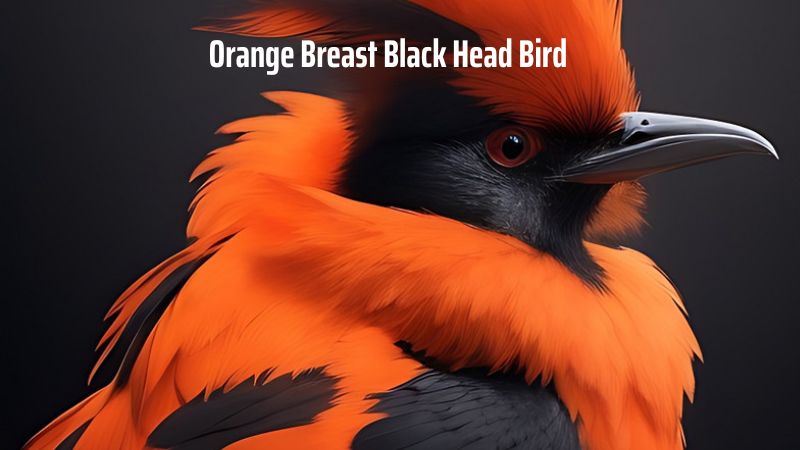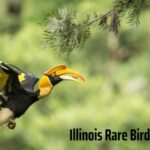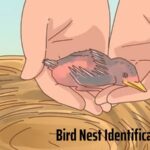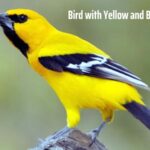Conserve
The Orange Breast Black Head Bird: A Colorful Gem in Our Natural World
Identification Characteristics of the Black-headed Orange-breasted Bird
Shape and Size
The Black-headed Orange-breasted Bird is a medium-sized passerine with a sleek, streamlined body. It typically measures around 16-18 cm in length and has a relatively slender build that enhances its agility.
Plumage
- Head: The bird has a striking black head, which contrasts sharply with the rest of its body.
- Chest: Its chest is a vibrant orange, making it stand out vividly against its darker head.
- Belly: The belly is usually a pale, muted color that blends subtly with the orange chest.
- Back: The back is generally a warm brown or olive color, providing a natural camouflage against the environment.
- Wings: The wings are often a mix of dark and light hues, with some species displaying a pattern of dark streaks or spots.
- Tail: The tail is usually a darker shade, often matching the color of the back or wings, and may have subtle markings or barring.
These distinctive features make the Black-headed Orange-breasted Bird relatively easy to identify in its natural habitat.
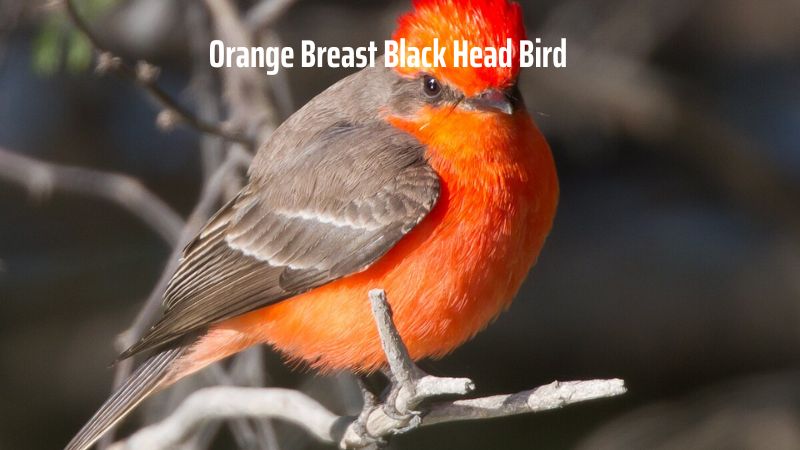
Habitat and Distribution of the orange breast black head bird
Habitat
The Black-headed Orange-breasted Bird typically thrives in a variety of environments. It is commonly found in dense forests, where it can forage and nest in the thick foliage. It also inhabits woodland edges, gardens, and urban parks, adapting well to both natural and human-modified landscapes. The bird prefers areas with abundant trees and shrubs, which provide cover and food sources.
Distribution
Geographically, the Black-headed Orange-breasted Bird is distributed across several regions, depending on the species. It is commonly found in temperate and subtropical areas, with its range spanning from parts of North America to various regions in Asia and Europe. Some species may also be migratory, moving between breeding and non-breeding areas according to the seasons.
Behavioral Habits of the Black-headed Orange-breasted Bird
Diet
The Black-headed Orange-breasted Bird primarily feeds on a variety of insects, such as beetles, caterpillars, and spiders, which it forages from tree bark, leaves, and the ground. It may also consume seeds, berries, and fruits, especially during the colder months when insects are less available. This diverse diet helps the bird adapt to different environments.
Breeding
The breeding process for the Black-headed Orange-breasted Bird begins with the construction of a nest, typically in the dense branches of trees or shrubs. The nest is usually made of twigs, leaves, and grass, providing a safe environment for the eggs.
The female typically lays 3-5 eggs, which she incubates for about two weeks. Both parents are involved in feeding the hatchlings, and the young birds fledge after approximately two to three weeks of being fed and cared for in the nest.
Behavior
The Black-headed Orange-breasted Bird is known for its melodic song, often heard during the early mornings or late afternoons. It is a skilled flyer, displaying agile and quick movements when hunting for insects or evading predators.
While foraging, the bird can be seen hopping between branches or on the ground, actively searching for food. It also exhibits territorial behavior, particularly during the breeding season, when males defend their nesting areas with displays and vocalizations.
The role of the orange-breasted blackbird
In the Ecosystem
The Black-headed Orange-breasted Bird plays a crucial role in maintaining ecological balance. As an insectivore, it helps control insect populations, preventing potential outbreaks that could harm plants and crops.
Additionally, by feeding on seeds and berries, the bird contributes to seed dispersal, aiding in the regeneration of forests and the spread of various plant species, promoting biodiversity within its habitat.
For Humans
The Black-headed Orange-breasted Bird holds significant value for people. Its vibrant colors and melodic songs make it a popular species for birdwatching and ornamental purposes, enhancing the beauty of gardens, parks, and natural landscapes.
Furthermore, its presence enriches the environment, contributing to ecological services like pest control and seed dispersal, which indirectly benefits agriculture and environmental health.
Challenges Facing the Black-headed Orange-breasted Bird
Habitat Loss
One of the primary threats to the Black-headed Orange-breasted Bird is habitat loss, driven by deforestation, urban expansion, and agricultural development. As forests and natural landscapes are cleared for farming, infrastructure, and human settlement, the bird’s nesting and feeding areas are significantly reduced. This fragmentation of habitats disrupts their breeding patterns and reduces available food sources.
Illegal Hunting
The illegal hunting and trapping of birds for trade, food, or decorative purposes pose another serious threat. Despite regulations in some areas, poaching remains a concern. Many birds are captured for the pet trade or hunted in large numbers, leading to population declines and threatening the species’ long-term survival.
Climate Change
Climate change has a profound impact on the Black-headed Orange-breasted Bird, altering its migration patterns, breeding seasons, and food availability.
Rising temperatures and shifting weather patterns can disrupt the ecosystems where these birds live, causing a mismatch between the availability of food and the birds’ breeding cycles. Additionally, extreme weather events, such as droughts and storms, can destroy habitats and lead to further declines in population.
Conclusion
The orange breast black head bird is a striking and colorful species that captivates birdwatchers and nature enthusiasts alike. Known for its vibrant plumage and melodic song, this bird plays a vital role in the ecosystem by controlling insect populations and aiding in seed dispersal. However, habitat loss and other environmental threats make its protection increasingly important.
